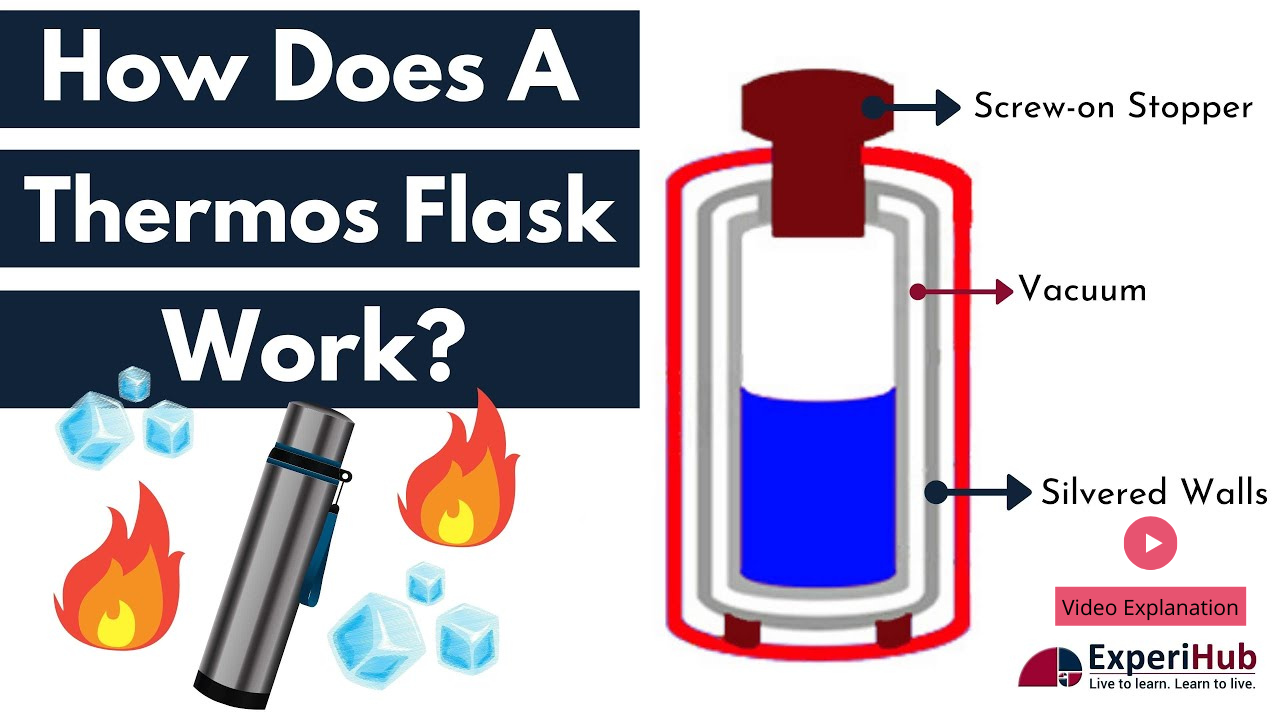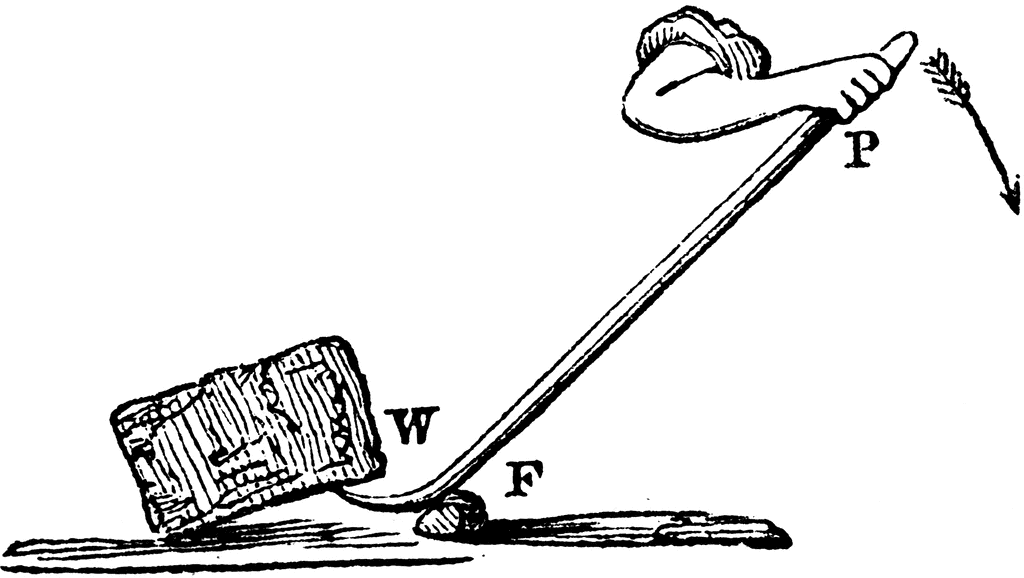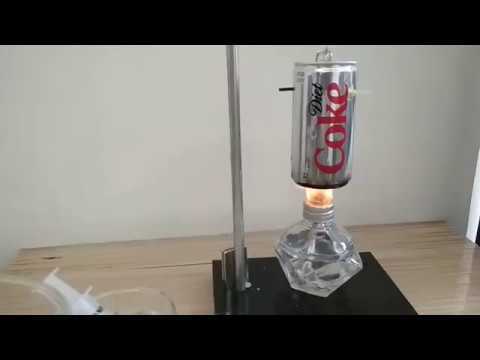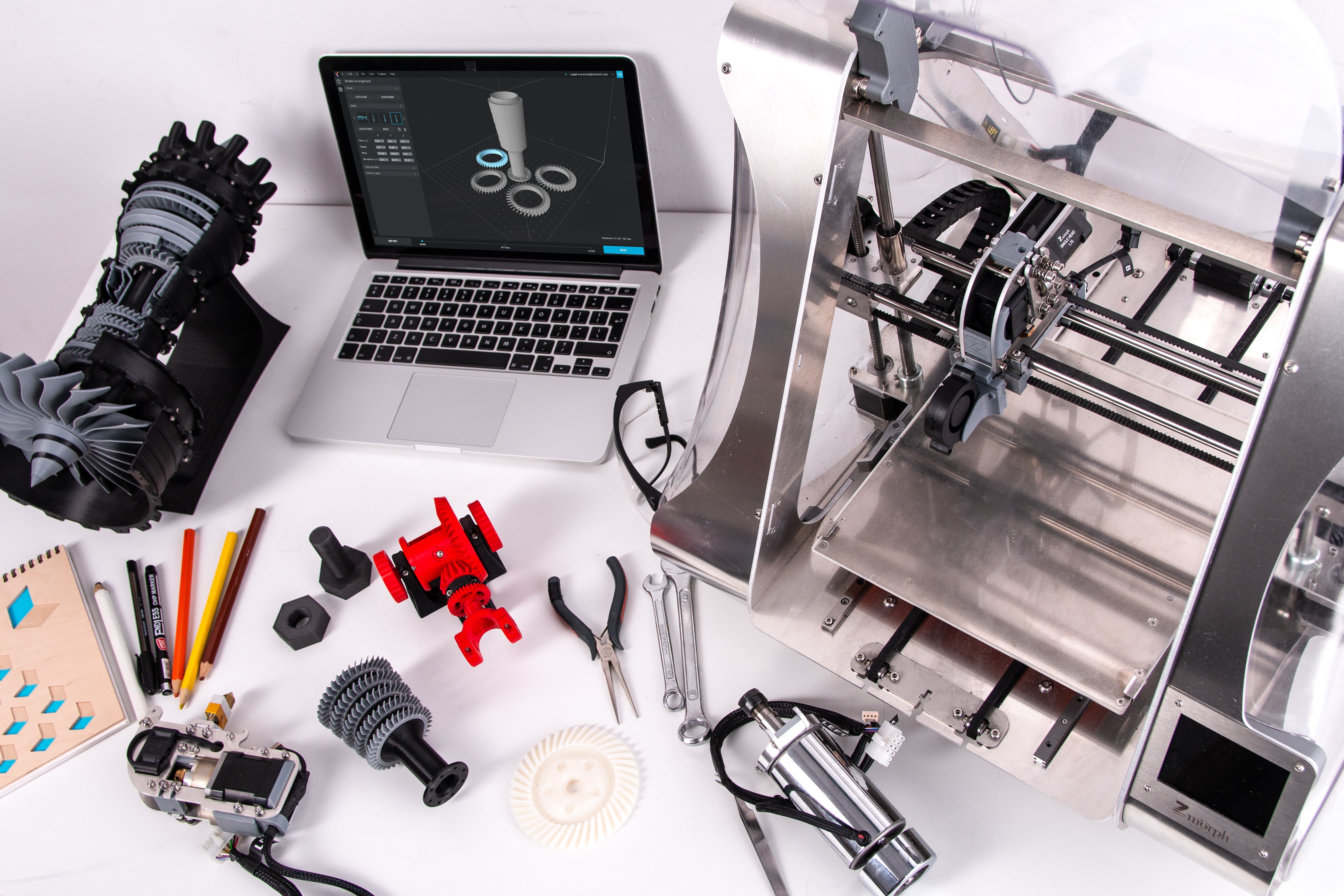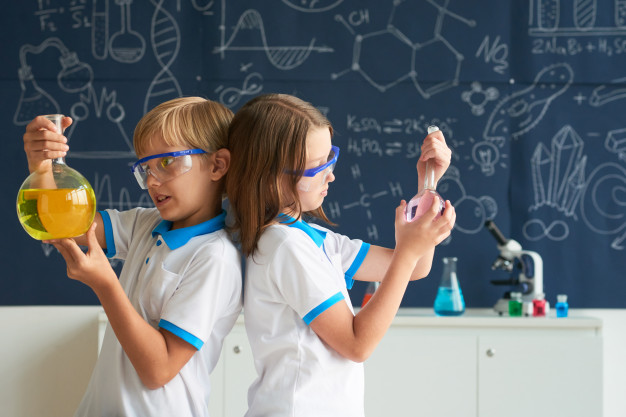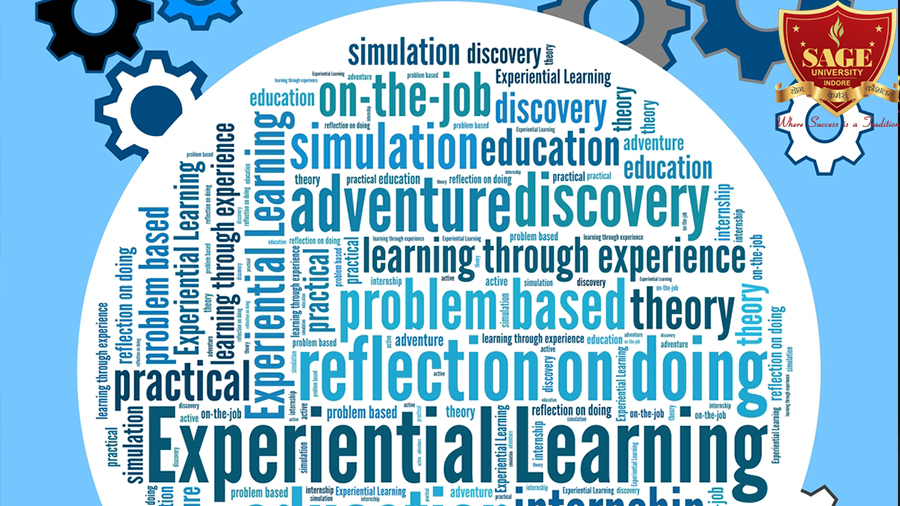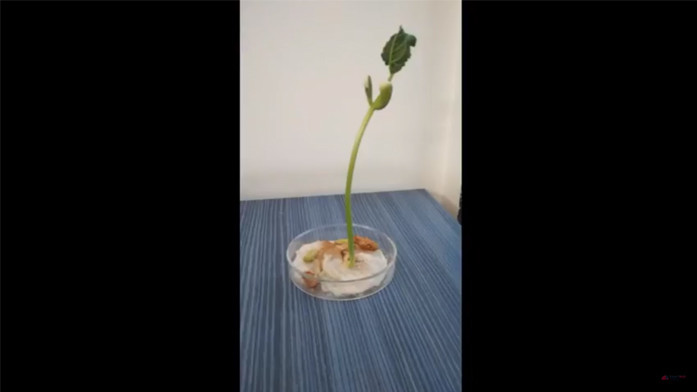We can understand sliding friction as the resistance force created between any two bodies when sliding against each other. This friction is also called kinetic friction and it is defined as the force that is required to keep a surface sliding along another surface. It hangs on two variables-…
Yeasts are eukaryotic, single-celled microorganisms classified as members of the fungus kingdom. Yeast is a very useful microorganism and is used to cause fermentation. Yeast grows by fermentation, feeding upon sugars. During fermentation, yeast converts glucose into ethanol and carbon dioxide and is therefore used in beer and wine…
Nitrogen gas is used for packing the packets of chips because it is an inert gas, and it prevents the oxidation of oils present in the chips. This keeps the chips fresh and has no or less breakage. Nitrogen is often filled in chips packets to prevent rancidity as it…
Thermal conduction is the transfer of internal energy by microscopic collisions of particles and movement of electrons within a body. The colliding particles, which include molecules, atoms, and electrons, transfer disorganized microscopic kinetic and potential energy when joined, known as internal energy. Conduction takes place in most phases: solid,…
Heat transfer is the transfer of heat or thermal energy between physical systems. So when there is a temperature difference between two bodies, heat is transferred from the hot body to the colder body. There are three common modes of heat transfer – conduction, convection, and radiation. In this article,…
Radiation The color of your home’s exterior influences a lot more than the look of your house. The outside of your house either absorbs or reflects heat, making the inside hotter or cooler. That means the color you select for the outside of your home affects the temperature inside,…
Osmosis is a vital process in biological systems, as biological membranes are semipermeable. In general, these membranes are impermeable to large and polar molecules, such as ions, proteins, and polysaccharides, while being permeable to non-polar or hydrophobic molecules like lipids as well as to small molecules like oxygen, carbon…
A well-known chemistry experiment is done by placing an egg (raw or boiled) into a container filled with Vinegar. After a few days, something exciting is observed: the egg becomes rubbery and bouncy. The eggshell is formed by calcium carbonate (CaCO3), a salt in limestone, plaster, marble, chalk,…
The vacuum flask consists of two vessels, one placed within the other and joined at the neck. The gap between the two vessels is partially evacuated of air, creating a partial-vacuum which reduces heat conduction or convection. Heat transfer by thermal radiation may be minimized by silvering flask surfaces…
It could simply be that black paint is cheaper… But I believe that the external coils on the back of refrigerators are painted black for the following reason: There is a rule in nature that says “a color that is better at absorbing heat is also better at radiating heat.” …
We encounter various types of lever in our everyday lives: opening a drink with a bottle opener, cutting paper with scissors, taking the lid off a paint pot using a screwdriver, and – the simplest of all – playing on a seesaw in the park. Yet, the principle of…
A lever is a simple machine consisting of a beam or rigid rod pivoted at a fixed hinge, or fulcrum. A lever is a rigid body capable of rotating on a point on itself. On the basis of the locations of fulcrum, load and effort, the lever is divided…
Want your Drawing to be waterproof and float around in water like a ship, Here’s a cool way to do so! 0
Xylem is one of the two types of transport tissue in vascular plants, the other being phloem. The basic function of xylem is to transport water from roots to stems and leaves, but it also transports nutrients. The xylem, vessels and tracheids of the roots, stems and leaves are interconnected…
Transpiration is the process of water movement through a plant and its evaporation from aerial parts, such as leaves, stems and flowers. Water is necessary for plants but only a small amount of water taken up by the roots is used for growth and metabolism. Mass flow of liquid water…
Soap molecules consist of a hydrophilic (“water-loving”) end and a hydrophobic (“water-fearing”) end. Water molecules are polar molecules that can dissolve other polar molecules. Fat (and oil) molecules are nonpolar molecules, so they cannot dissolve in water. Milk is a mixture of water, fat, vitamins and minerals. When soap is…
Air is a mixture of many gases. The molecules of gases present in air have weak inter-molecular forces of attraction. Due to this reason these molecules lie far apart from each other i.e. there are large vacant spaces present between these molecules. So, these molecules are free to move in any direction.…
Non-metallic oxides are formed by the reaction of non-metals with oxygen. They react with a base to give salts and water. 0
A steam engine is a heat engine that performs mechanical work using steam as its working fluid. The steam engine uses the force produced by steam pressure to push a piston back and forth inside a cylinder. 0
Sublimation is the transition of a substance directly from the solid to the gas state, without passing through the liquid state. Sublimation is an endothermic process that occurs at temperatures and pressures below a substance’s triple point in its phase diagram, which corresponds to the lowest pressure at which the…
Germination is the process by which an organism grows from a seed or spore. The term is applied to the sprouting of a seedling from a seed of an angiosperm or gymnosperm, the growth of a sporeling from a spore, such as the spores of fungi, ferns, bacteria, and the…
Climate Change, in the most simple terms, is a concept revolving around the long-term changes and alterations in weather temperatures and their overall patterns. The large-scale shifts in weather patterns, global warming, and the use of greenhouse gas emissions are some of the aspects of climate change itself. It is…
In today’s conditions, technology is being used more than ever. The same is the case for the education industry too. With a swift transition from offline to online classes, a lot of questions are still left unanswered, for both the teachers and students. While students are struggling with numerous doubts…
The massive effects of the pandemic are to be seen in every part of the economy. In one way or another, each industry has been affected by the norms of social distancing. The education industry has also experienced some significant transitions. Without a doubt, the largest transition of all is…
At every step of our children’s phase of learning, we want the very best for them. The efforts and the various methods parents indeed apply into not just their care, but also their education is entirely focussed on shaping them to be the kind of individuals that will survive and…
It is the 21st century and children in almost every other household seem to be hooked to electronic devices. From watching shows to playing video games, parents seem to be worried about the number of hours their children spend in front of these devices and are even more concerned about…
While 3D modeling seems relatively easy to understand and comprehend, the technique has quite a few aspects, most of them that are complex and slightly difficult to grasp. Almost every second person we see today seems to have 3D modeling as a part of their interest or profession. However, how…
Why does it rain? What is a cloud? How do machines work? Is there a difference between climate and weather? These are a few out of many 100 questions that students wonder about every day. Thinking from a learner’s mindset, they want to get out into the field and try…
Over the next decade, 80 percent of jobs in the Indian market will require professionals to have a mixture of science and math skills (Study in India, 2019). This increasing demand for STEM (Science, Technology, Engineering, and Mathematics) skills has encouraged the Indian education ecosystem to adopt these methodologies into…
“Knowledge results from the combination of grasping experience and transforming it.” Professor David. A. Kolb. The great professor is of the opinion that mastering a skill is a continuous process of experience, reflection, conceptualization, and experimentation. He believes by implementing the experiential learning cycle; we can enjoy our successes and learn from our failures.…
Once a great man said, I hear and I forget, I see and I remember, I do and I understand. By the age of one, we all have the painful encounter with the experiential learning when we tried to walk, failed, fell and cried. And even though it was an…









